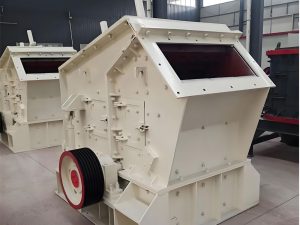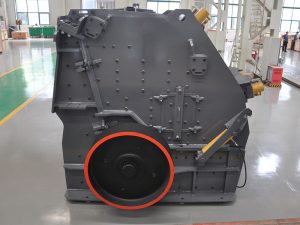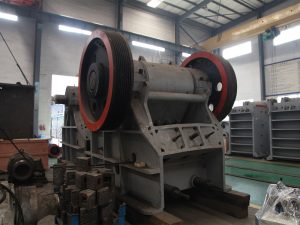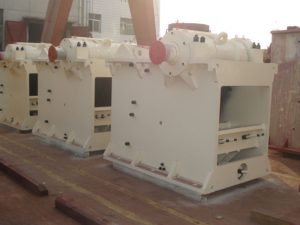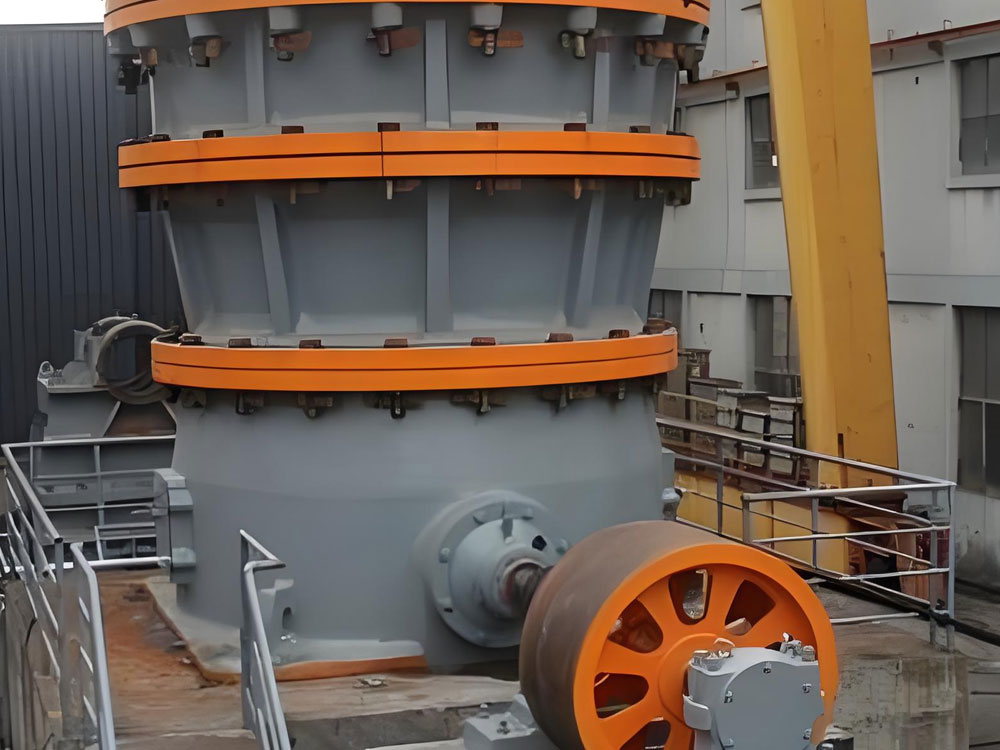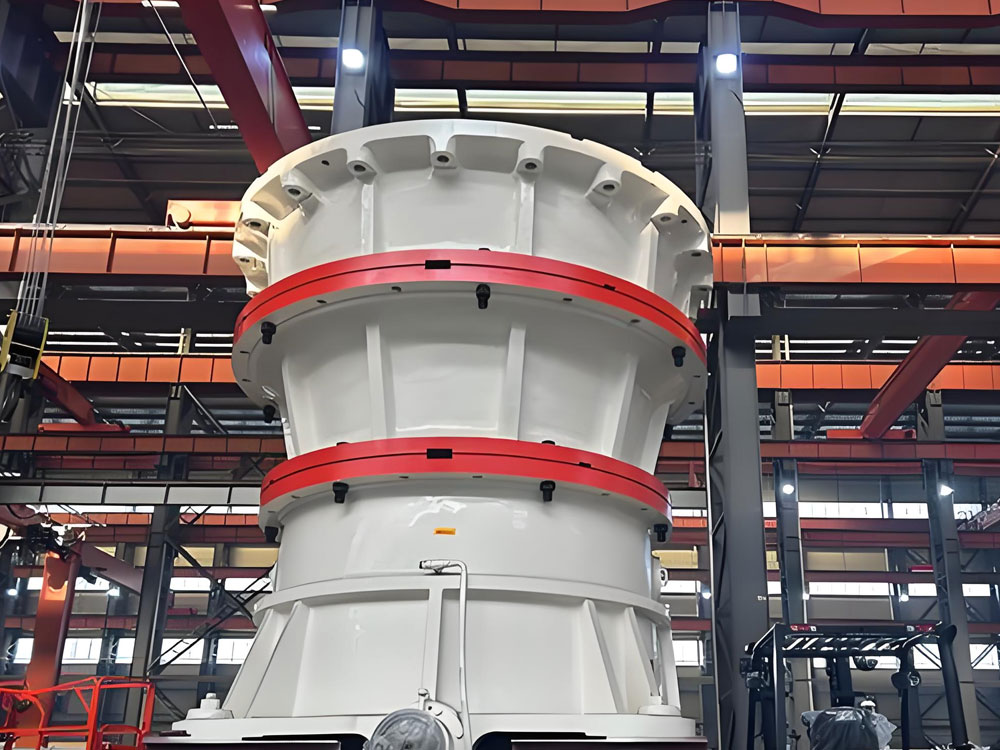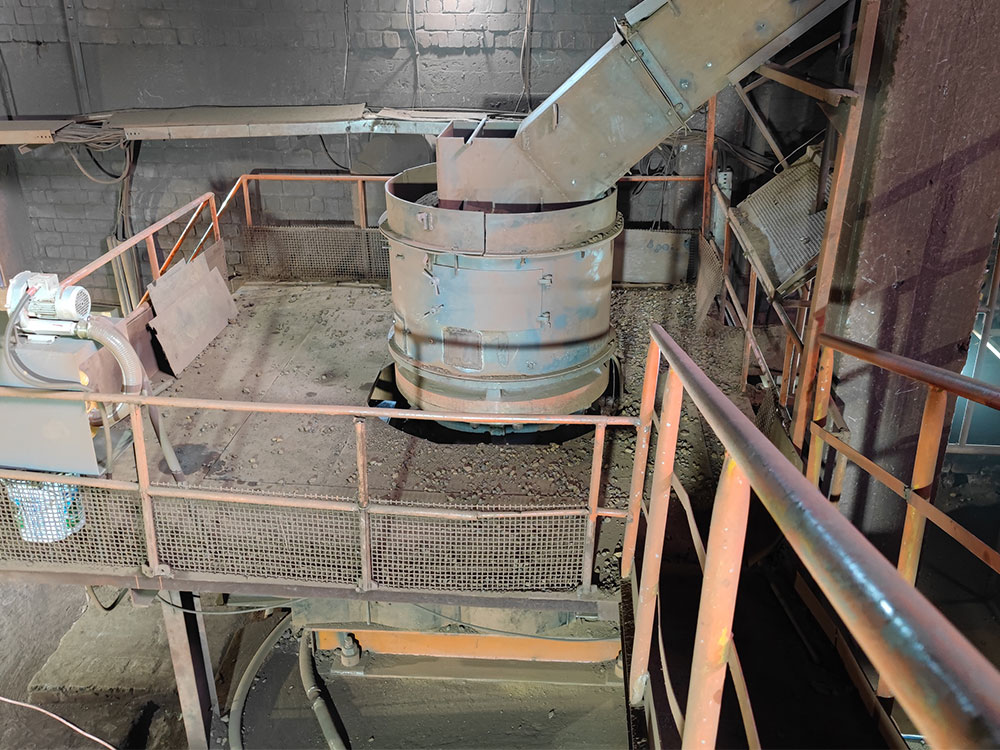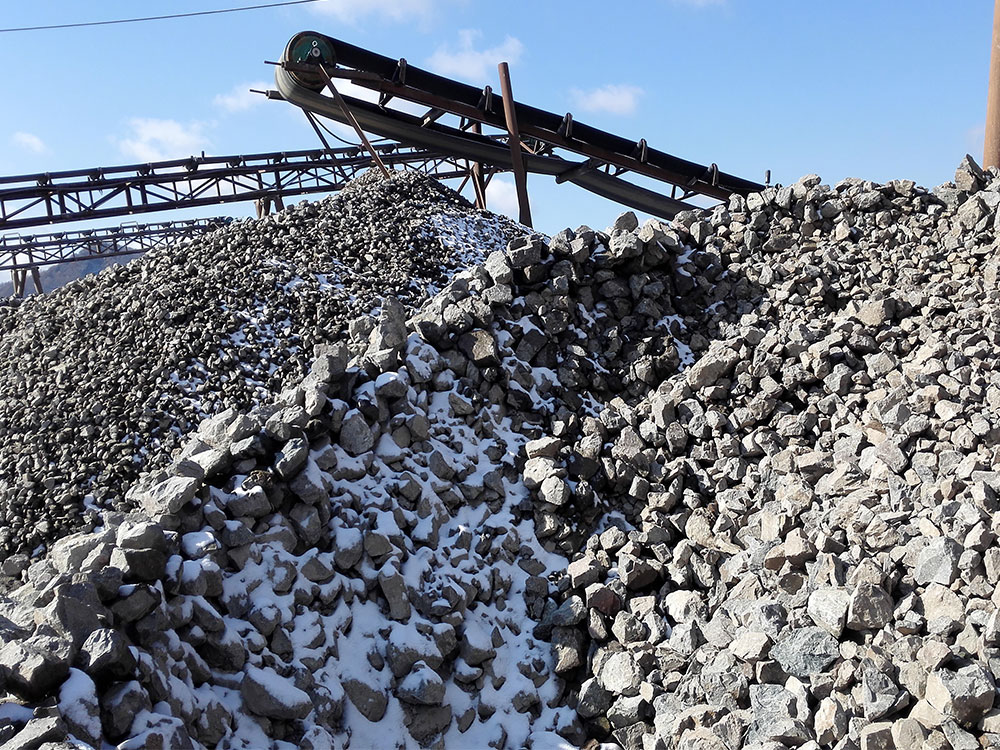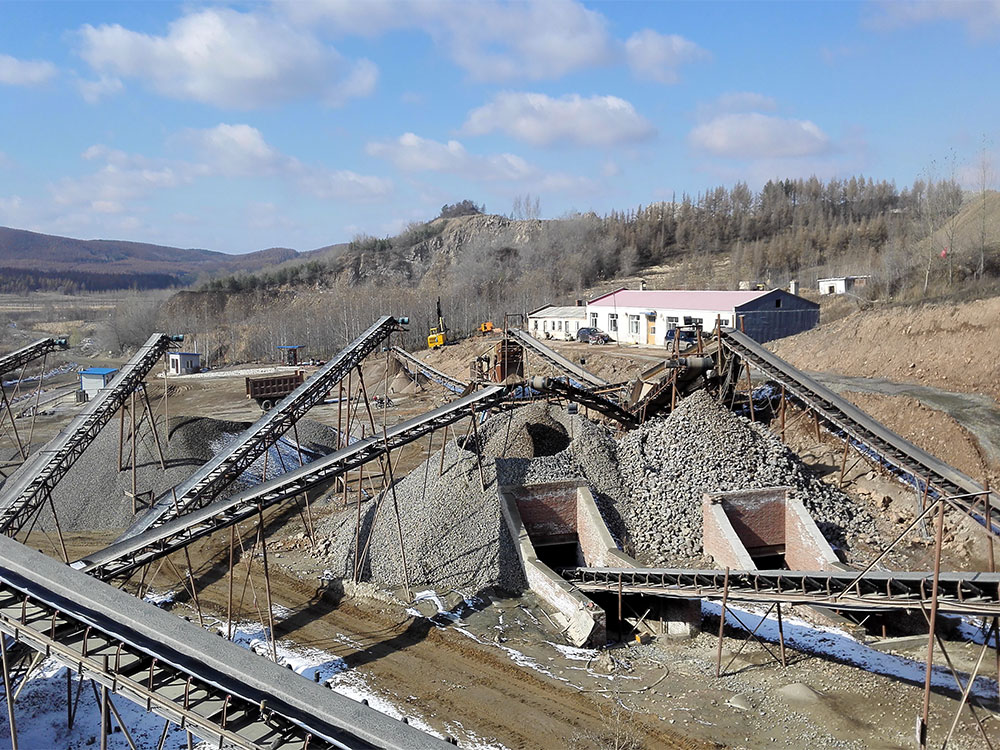In modern sand and gravel aggregate, mining and infrastructure construction, an efficient and stable stone crushing system is the core link to ensure production efficiency and cost control. Gyratory crusher has become one of the preferred equipment for large-scale stone crushing projects due to its high processing capacity, low energy consumption and stable crushing performance. In response to the high standard demand of "1,000 tons per hour", it is necessary to carry out systematic optimization from multiple dimensions such as equipment selection, process design, automatic control and operation and maintenance management. The following is a specific solution:
1. Equipment selection and key technical parameters
The production capacity of the gyratory crusher directly depends on the equipment model, feed particle size, discharge port adjustment range and drive power. In response to the demand for 1,000 tons per hour, it is necessary to select a large gyratory crusher (such as PXZ series or CG series of brands such as Metso and Sandvik), whose processing capacity can reach 1000-1500 tons/hour. The key parameters are as follows:
Feed port size: It needs to adapt to the maximum particle size of the raw material (usually ≤900mm) to ensure that large pieces of material enter the crushing chamber directly and reduce the pre-screening link.
Drive power: Equipped with 500-800kW motor to ensure high torque output and meet the crushing needs of hard rocks (such as granite and basalt).
Crushing chamber design: Adopt deep chamber and asymmetric structure to extend the material residence time, improve the crushing ratio (up to 6:1 to 8:1), and reduce the pressure of subsequent medium and fine crushing equipment.
Hydraulic adjustment system: Real-time adjustment of the discharge port size (range 50-150mm) to ensure uniform particle size of the finished product and reduce the return rate.
2. Process optimization design
The processing of crushed stone with an output of 1,000 tons per hour requires the construction of a closed-loop system of "efficient crushing + precise screening". The typical process flow is as follows:
Coarse crushing stage: The gyratory crusher is used as the primary crushing equipment to process the raw ore or raw materials after blasting and produce 150-300mm semi-finished products.
Medium and fine crushing stage: Use a cone crusher (such as a multi-cylinder hydraulic cone crusher) to perform secondary crushing on the coarsely crushed materials to obtain 20-50mm aggregates.
Screening and grading: Configure a multi-layer vibrating screen (the screen aperture is customized according to the finished product specifications) to grade the material into specifications such as 0-5mm, 5-10mm, 10-20mm, etc., and the oversized material is returned to the crushing stage.
Dust removal and noise reduction: Adopt a dry dust removal system (bag dust collector) and a sealed conveying corridor to meet environmental protection requirements.
3. Automation and intelligent control
Intelligent control system is the key to improving production capacity and stability:
PLC centralized control: Real-time monitoring of crusher current, temperature, vibration and other parameters, automatic adjustment of feeding speed, avoid blockage or idling.
Online particle size analysis: Through a laser particle size analyzer or camera vision system, the finished product particle size distribution is dynamically fed back and the discharge port is adjusted in a linked manner.
Predictive maintenance: Use the Internet of Things (IoT) technology to collect data such as bearing temperature and lubricating oil status to predict equipment failures and reduce the risk of downtime.
4. Operation and maintenance management strategy
Optimization of wear-resistant parts: Use lining plates and mortar walls made of high manganese steel or alloy composite materials to extend the service life to 6-12 months and reduce the frequency of replacement.
Lubrication system upgrade: Use centralized lubrication devices and regularly replace high-viscosity lubricants (such as ISO VG320) to reduce friction loss.
Operation training: Standardize the startup sequence (no-load startup → gradual feeding) and shutdown process (emptying the crushing chamber) to avoid equipment damage.
5. Economic benefits and case analysis
Take a granite crushing production line as an example. It is equipped with a PXZ1400 gyratory crusher, with an hourly output of 1,200 tons, an average daily operation of 20 hours, and an annual processing capacity of more than 7 million tons. Through equipment optimization and intelligent management and control, power consumption is reduced by 15% (power consumption per ton ≤ 1.2kWh), the comprehensive cost is reduced by 20%, and the investment recovery period is shortened to within 2 years.
To achieve the goal of producing 1,000 tons per hour for gyratory crushers, it is necessary to base on scientific selection, combine intelligent and environmentally friendly process design, and achieve long-term stable operation through refined operation and maintenance. In the future, with the application of technologies such as 5G and digital twins, the efficiency and reliability of gyratory crushers will be further improved, promoting the transformation of the sand and gravel industry towards green and intelligent directions.


